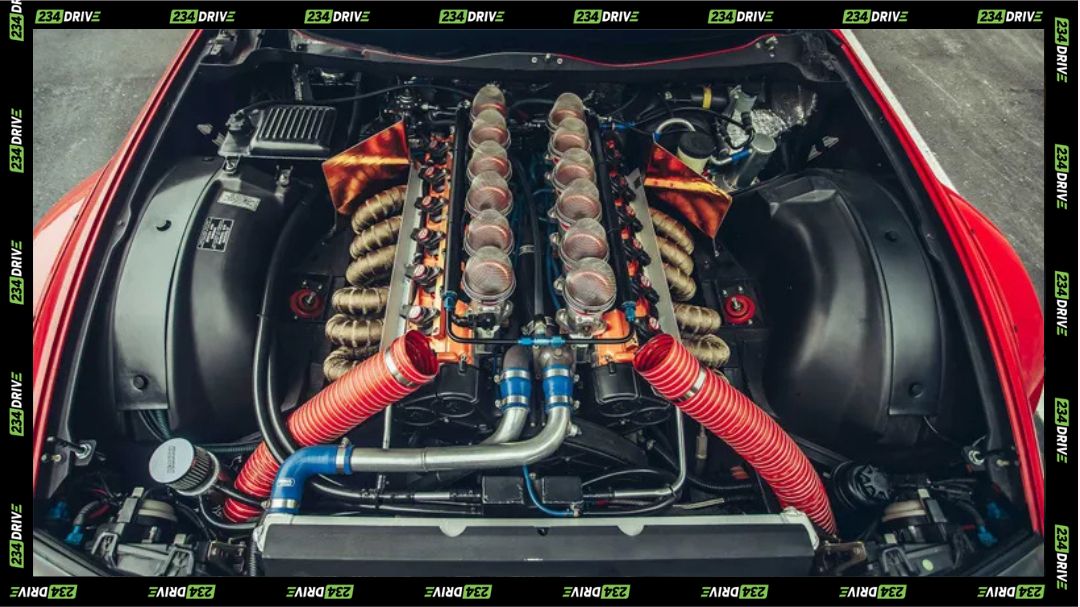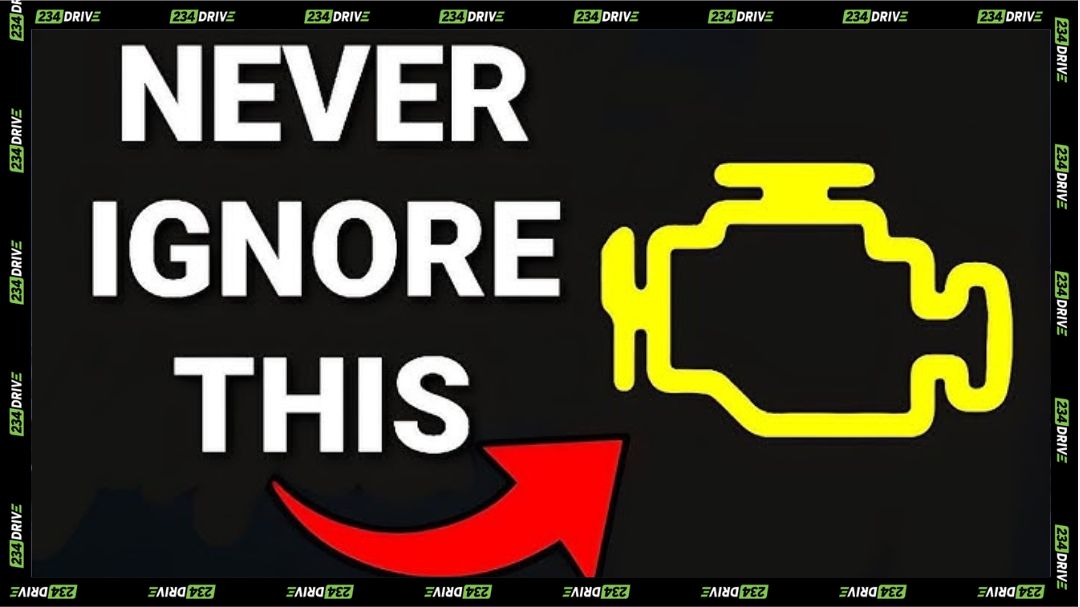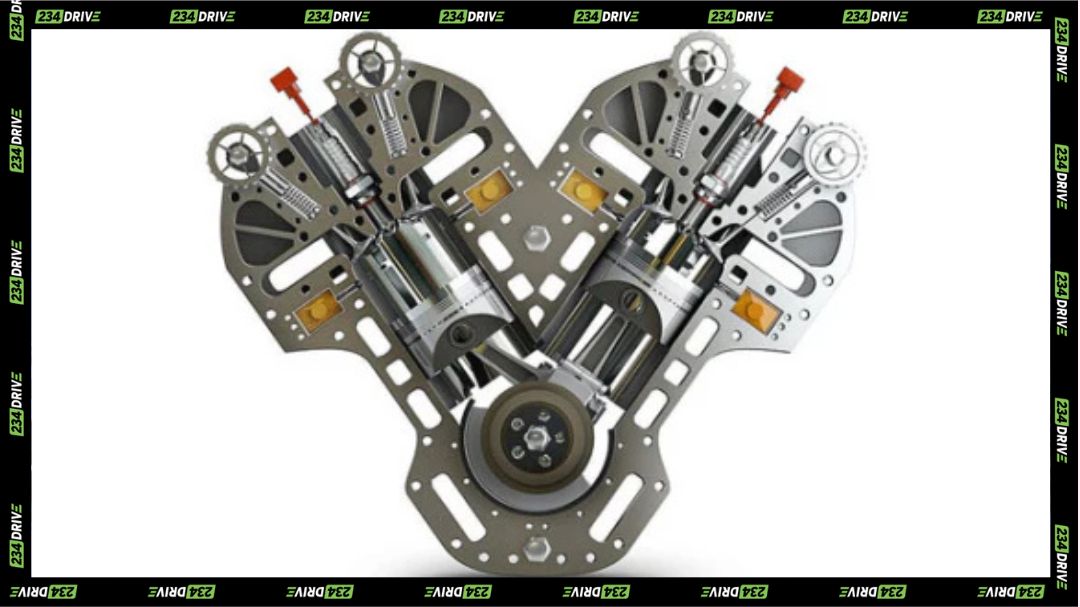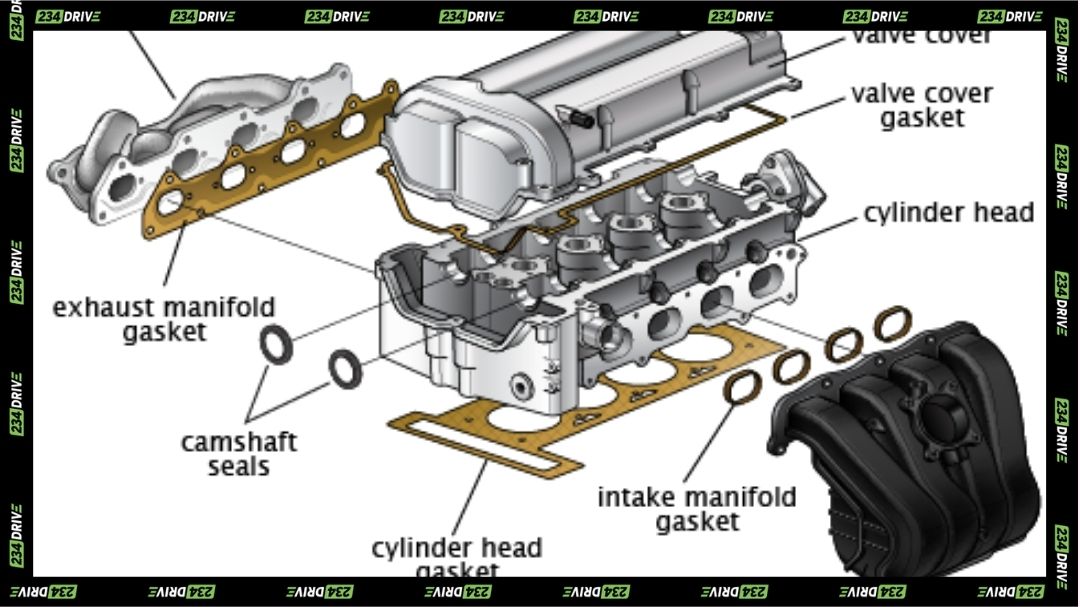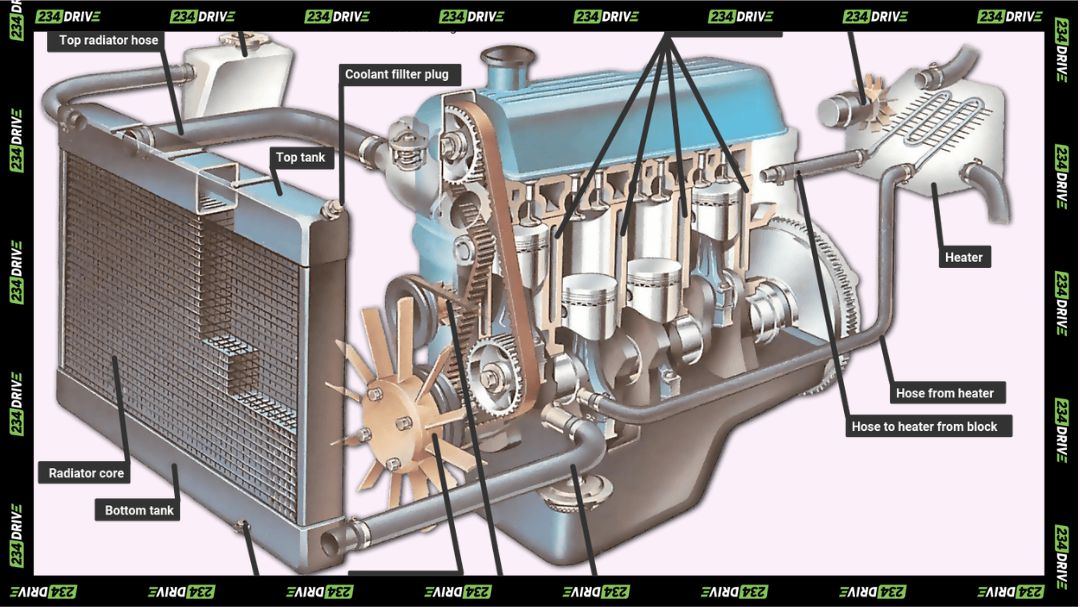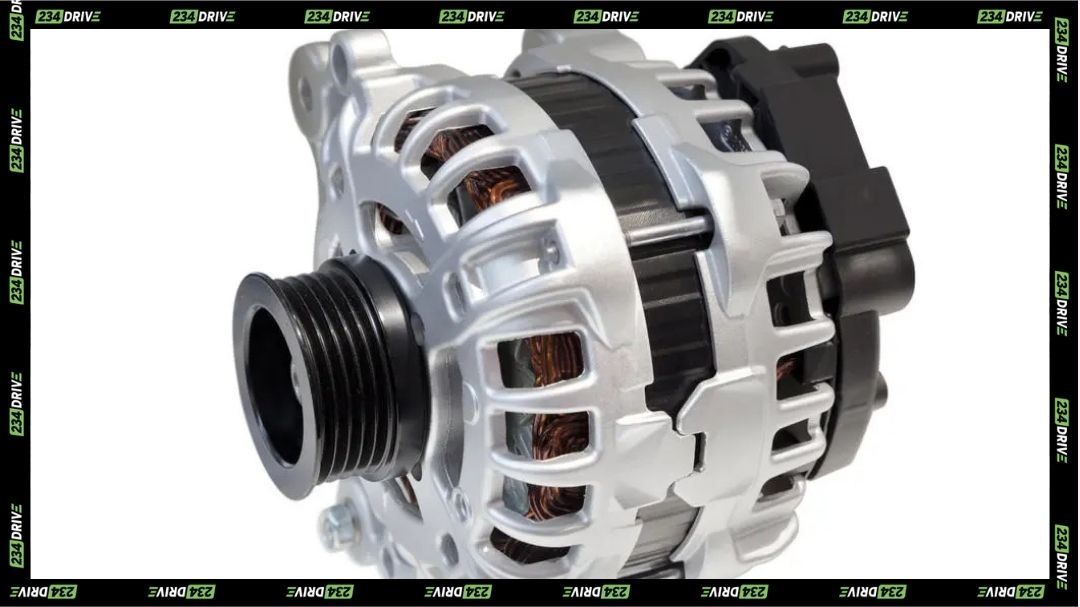When it comes to understanding what powers a car, the engine stands as the most important component. Yet not all engines are built the same. A major difference lies in how the cylinders are arranged, and two of the most common designs are inline engines and V engines. These configurations influence performance, cost, fuel efficiency, and even the smoothness of the ride.
This article breaks down the key distinctions between the two engine layouts. By examining their design, performance, and real-world applications, you’ll get a clear sense of why automakers choose one configuration over the other and how that choice impacts driving experience and ownership.
Inline Engine
The inline engine, also called a straight engine, features cylinders arranged in a single row along the crankshaft. The design is long and narrow, often found in compact cars and motorcycles. Externally, its slim profile makes it easier to identify and provides a neat fit for smaller vehicles. However, larger inline engines such as inline-6 units may require more engine bay space, limiting their use in compact vehicles.
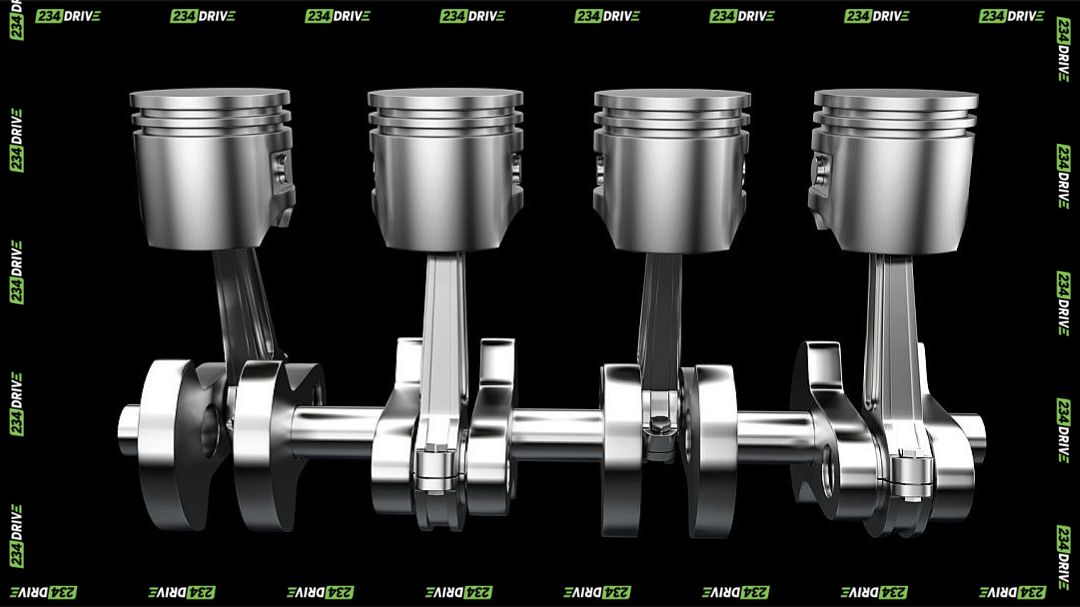
Inside, inline engines are simple, with only one cylinder head and fewer components. This makes them cheaper to manufacture and maintain. Performance varies depending on the number of cylinders, but inline-4 engines are known for efficiency while inline-6 engines deliver exceptional smoothness. Horsepower output tends to be modest compared to V engines, but reliability and fuel economy are strong advantages.
V Engine
A V engine arranges its cylinders into two angled banks forming a “V” shape. This compact design allows automakers to fit more cylinders into a smaller length, which is why V6, V8, and even V12 engines dominate performance and luxury segments. Externally, the shorter and wider build gives designers more flexibility in packaging power within tighter engine compartments.
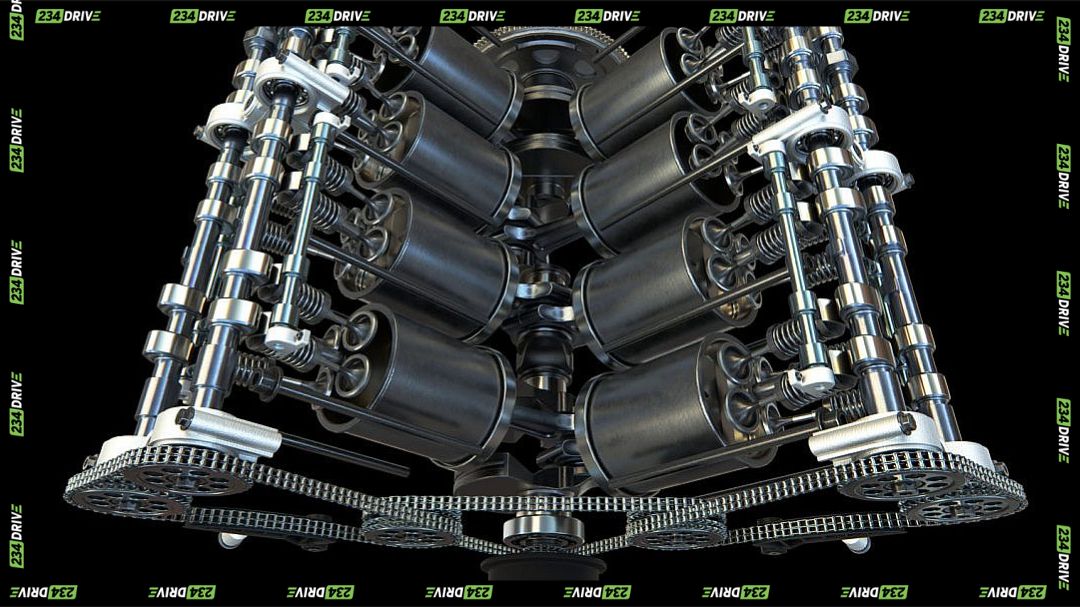
Internally, V engines are more complex, often with two cylinder heads, additional camshafts, and more moving parts. This complexity translates to higher costs both in production and maintenance. The benefit, however, is increased power and torque. V6 engines offer a strong balance of power and size, while V8 and V12 engines are staples in muscle cars, SUVs, and high-performance supercars. Their horsepower output and towing capacity far surpass that of inline equivalents.
What These Engines Mean for Driving in Africa
Inline engines are highly practical in regions with congested urban traffic. Their efficiency and ease of maintenance make them suitable for everyday commuting and long-term reliability. They also work well in markets where affordability and fuel savings are top priorities. The smoother performance of inline-6 engines is particularly attractive in premium sedans.
V engines, on the other hand, are better suited for conditions where power and performance are essential. They provide the torque required for towing, off-road driving, and high-speed stability. Their prestige factor also resonates in markets where vehicle image and luxury status carry weight. While costlier to maintain, their ability to deliver power in a compact package ensures their relevance in performance-driven lifestyles.
Value for Money: Comparing Inline and V Engines
Compared with rivals, inline engines compete with other efficient powertrains such as small turbocharged units and hybrid systems. They remain cost-effective to build, durable, and maintain good resale value in practical segments. The balance of efficiency and reliability makes them competitive choices in compact and mid-size vehicles.
V engines face competition in the performance market, where buyers weigh raw power against long-term durability and ownership costs. While they deliver unmatched acceleration and strength, maintenance expenses can be higher. However, the prestige and demand for V-powered vehicles keep their resale value strong, especially in luxury and performance categories.
Conclusion
Inline and V engines each carry unique strengths. Inline engines stand out for their efficiency, simplicity, and smooth operation in specific formats like the inline-6. V engines, in contrast, dominate in power, compact design, and prestige. Together, these engine types represent two paths automakers use to meet different driving needs.
Which engine type do you prefer—efficiency-focused inline or performance-oriented V?


